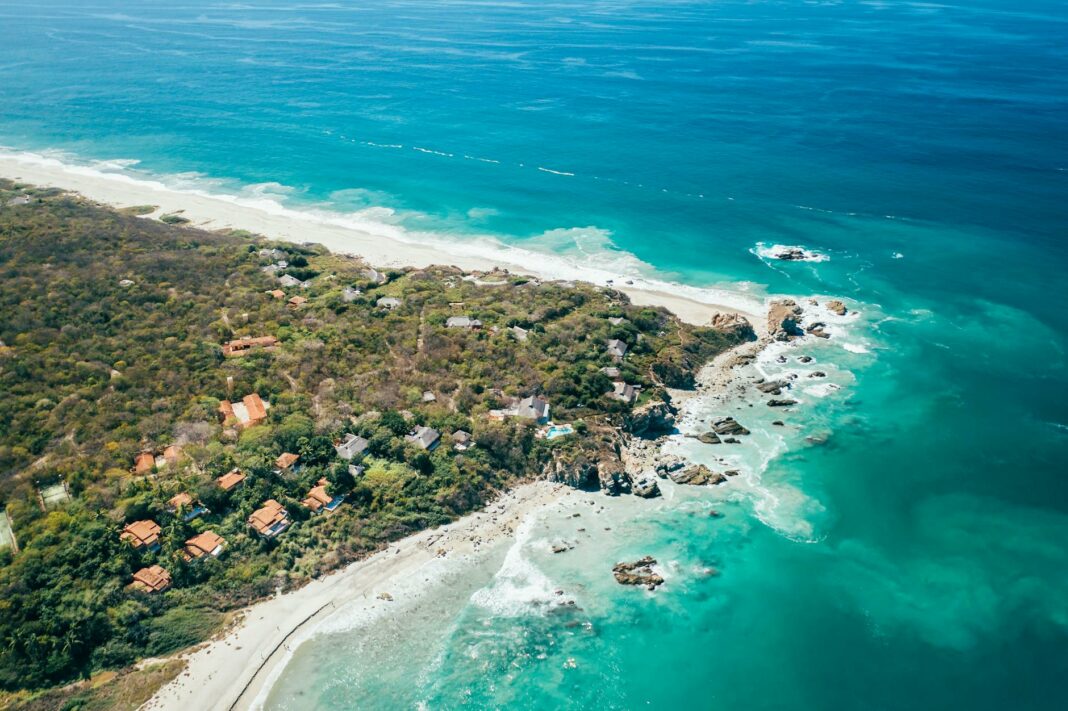Picture this: golden sands, crystal-clear waves, and a luscious sunshine. That idyllic scene could very well be your dream beach. However, as you delve deeper, you might uncover troubling water quality secrets lurking beneath the inviting surface. Understanding these hidden dangers can transform your beach escapade from enchanting to alarming. In this post, we will explore how you can ensure your beach getaway is safe, enjoyable, and free from potential health hazards.
Let’s embark on a journey through the world of water quality along the coastline. You will discover the crucial aspects of monitoring the beaches you plan to visit, recognizing the warning signs, and empowering yourself with knowledge that not only enhances your beach experience but also contributes to environmental awareness. Get ready to cast off the veil hiding the truth about your picturesque beach destinations!
When you dip your toes into the ocean, you’re often blissfully unaware of the invisible threats that might be present. Contaminants ranging from bacteria to harmful chemicals could be hidden just below the shimmering surface. Let’s face it: sewage runoff, oil spills, and pesticide leaching can turn even the most beautiful shores into dangerous territories. It’s not just about your swim; it pertains to your health, the well-being of wildlife, and the overall marine ecosystem. Being informed is the first step in mitigating these risks, and it transforms you from a carefree visitor into a vigilant protector of nature.
Becoming adept at recognizing warning signs can significantly enhance your beach-going experience. Understanding what to look for can save you from potentially hazardous situations. For instance, pay attention to the color of the water; unusual discoloration could indicate pollution. Rummage around for signs like warning flags that signal unsafe swimming conditions or excessive debris washing ashore. Additionally, sudden fish die-offs or odd odors emanating from the water can be crucial indicators of compromised water quality. By developing a keen eye for these red flags, you empower yourself to make informed choices about when and where to enjoy the ocean.
Implementing protective measures is an essential part of ensuring a delightful beach experience. First and foremost, always research water quality reports for your chosen beach before you pack your towels. Many beaches publish their water testing results online, offering insight into current conditions. If the beach is experiencing elevated bacteria levels, make the safe choice to postpone your visit. When you do head to the shore, consider wearing water shoes to protect your feet from sharp debris and possible contaminants. Even simple actions like rinsing off after your beach day can eliminate toxins that cling to your skin. A little precaution goes a long way to ensure you have a worry-free beach outing.
Your beach experience doesn’t just stop at the shoreline; it extends into the vibrant world of marine health. Beaches serve as lifelines to delicate ecosystems, and by understanding this connection, you can appreciate their value even more. Healthy coral reefs, flourishing seagrass beds, and diverse fish populations are essential to maintaining overall water quality. Engaging in eco-friendly activities, such as snorkeling or volunteer beach cleanups, allows you to contribute positively to marine habitats. It fosters a profound understanding of the interconnectedness between our actions and the health of our oceans, ensuring that future generations can enjoy the same fantastical beaches you cherish today.
As you bask in the sun on your dream beach, consider your role in preserving this natural paradise. Becoming an advocate for environmental sustainability is paramount. Start by reducing plastic use, as litter often finds its way into the ocean, contributing to pollution. Participate in local initiatives that promote clean water policies or engage with organizations dedicated to beach conservation. When travelers collectively champion such efforts, the ripple effect can spark significant change. Your actions matter, and they can inspire others to follow suit. By adopting a sustainable mindset, you’ll not only safeguard your beach visits but also protect these life-giving ecosystems long term.
As we conclude this insightful exploration, it becomes abundantly clear that enjoying your dream beach requires more than just sun and sand; it necessitates vigilance, awareness, and a shared commitment to safeguard our precious coastal areas. Embracing the challenges linked to water quality can transforming potential nightmares into triumphs, paving the way for countless breathtaking beach experiences. By arming yourself with knowledge and taking proactive steps, you can revel in the joy of surf and sun while fostering a safer environment for everyone.
What are the main contaminants affecting beach water quality?
Common contaminants include bacteria from sewage, chemicals from agricultural runoff, and marine debris. Regular water testing can help identify these risks.
How can I check the water quality at my local beach?
Many public beaches have water quality reports accessible online, detailing recent tests and any advisories. Local health departments often conduct these tests.
Are there specific times when beach water quality is worse?
Yes, after heavy rainfall, water quality can decline due to runoff. Always check reports before planning a visit during or right after such weather events.
What steps can I take to help improve beach water quality?
Reducing plastic use, participating in cleanups, and advocating for environmental policies are excellent ways to promote healthier beaches.
Can I swim at a beach with a water quality warning?
It is generally advised to avoid swimming in areas with active warnings until they have been lifted. Your safety and health should always be a priority.
Image Credit: Pexels





